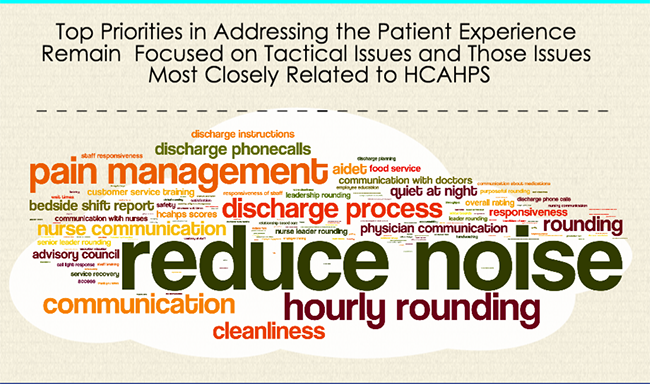
Source: The Beryl Institute; http://www.theberylinstitute.org/?StatePXInfographic
The United States ranks at the bottom of developed nations in many indicators of access, quality, and efficiency of health care services and the health of the population. Of course, we rank first in health care costs. So the need to reform health care has become a mandate. But what are we trying to achieve? The so-called Triple Aim has become a universal goal of health care reform. First coined by former administrator of the Centers for Health and Human Services, Don Berwick, when he headed up the Institute for Healthcare Improvement, the Triple Aim is to improve the health of the population, improve people’s experiences with health care, and reduce health care costs. It’s important to realize that you really can’t just address one leg of this Aim. If you improve patients’ experiences with care but degrade the health of people and increase costs with a change you’re making in the system, we’ll move farther from the overall goal. Similarly, if you reduce health care costs dramatically but undermine the health of people and worsen their experiences with care, we’ll not achieve the Triple Aim.
Today on HealthCetera, host Diana Mason, RN, PhD, FAAN, interviews two registered nurses and a physician about the leg of the Triple Aim that focuses on improving patients’ experience with care: Marianne Baernholt, RN, PhD, FAAN, Director of the Langston Center for Quality, Safety, and Innovation, and the Nursing Alumni Endowed Distinguished Professor at the School of Nursing of Virginia Commonwealth University; Elizabeth Nesmith, RN, PhD, a registered nurse and Chair & Associate Professor in the Department of Physiological & Technological Nursing at Augusta University (formerly Georgia Regents University); and James Rawson, MD, the Warren Endowed Chair at the Medical College of Georgia and Chair of the Department of Radiology and Imaging.
To close today’s program, Amanda Anderson introduces two nurses who gave readings at the October 10th, 2015, Bedpan Confessionals at the Organic Soul Cafe of the Sixth Street Community Center in the East Village. This storytelling event featured nurses who shared their experiences, the meaning of caregiving and illness, and the profound, sometimes humorous moments shared with people when they are most vulnerable. The first is a story by Alison Yanofsky, followed by a poem read by author Ceresela Shiba. Anders, Yanofsky and Shiba are all or have been students in the graduate program in nursing at Hunter College.
So tune in to HealthCetera on Thursday, January 14th at 1:00 on WBAI, 99.5 FM in New York City or streaming at www.wbai.org. Or you can listen to this program anytime by clicking here:
HealthCetera is sponsored by the Center for Health, Media & Policy at Hunter College, City University of New York.
[caption id="attachment_11114" align="aligncenter" width="650"] Source: The Beryl



